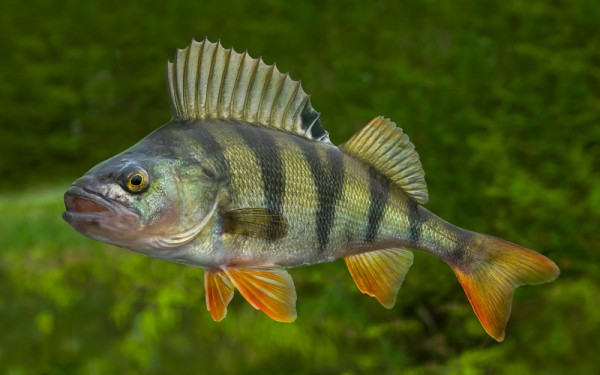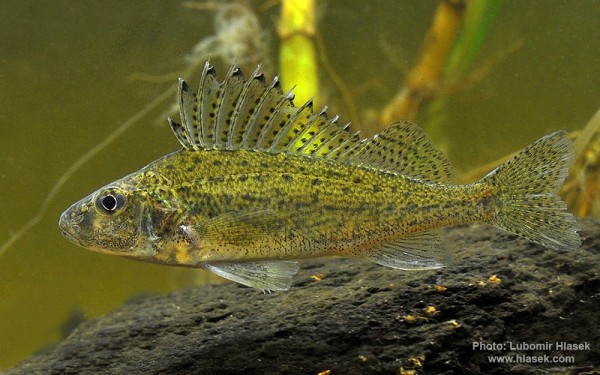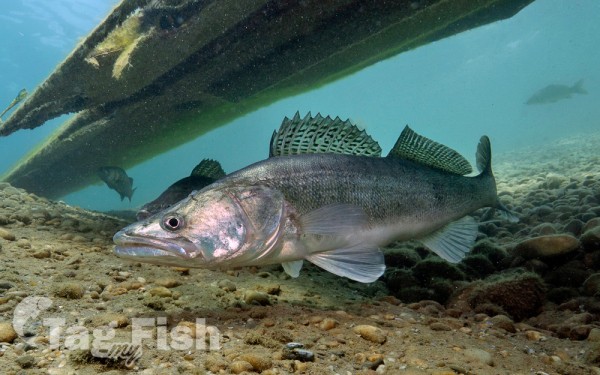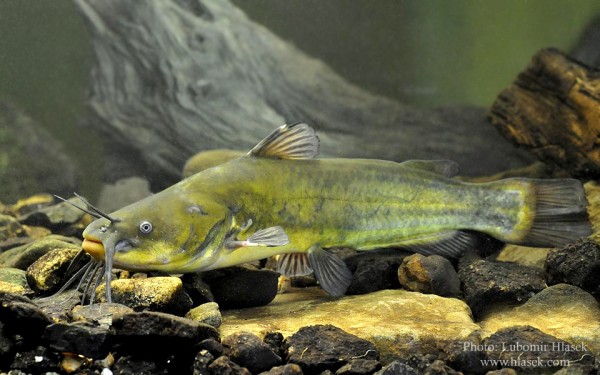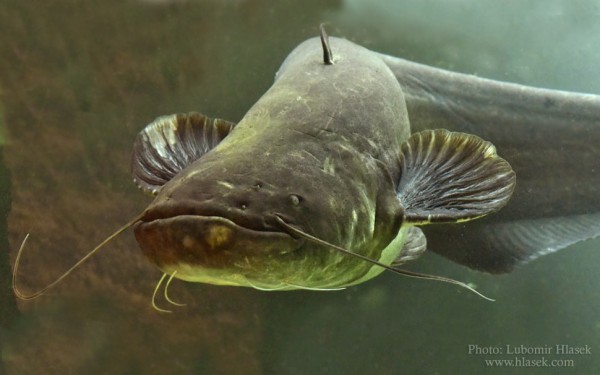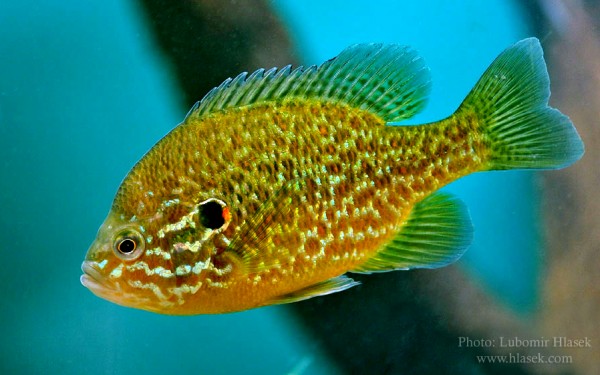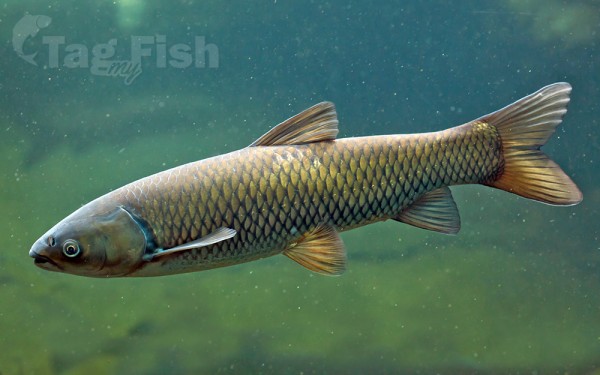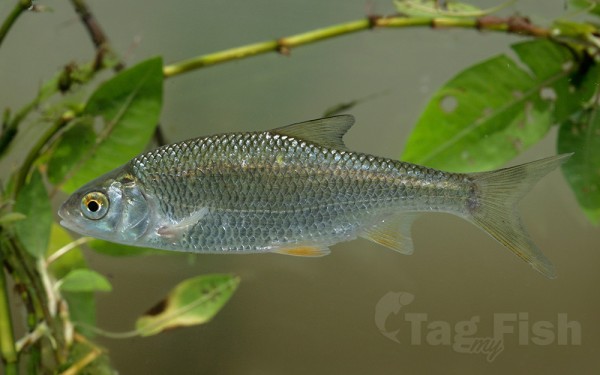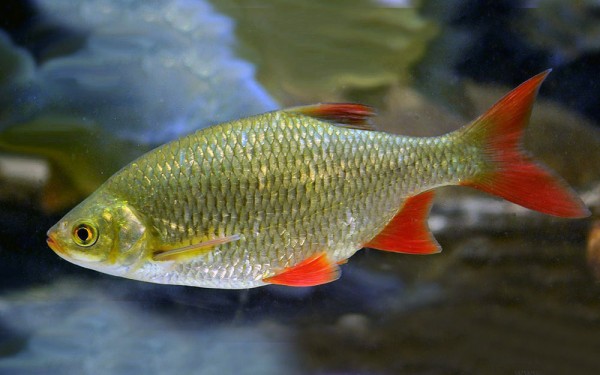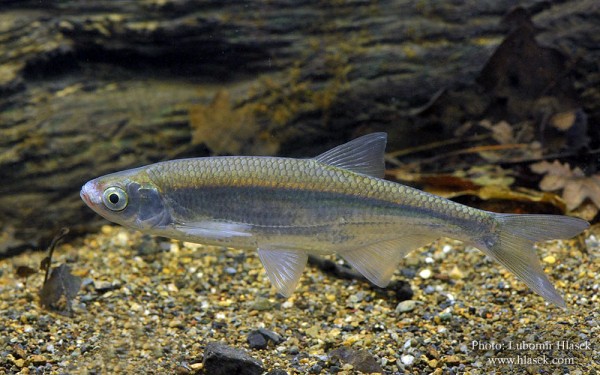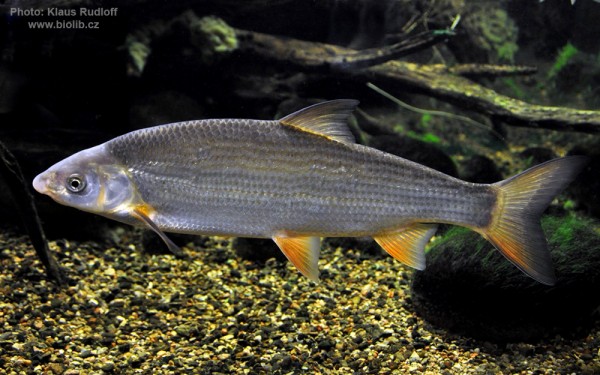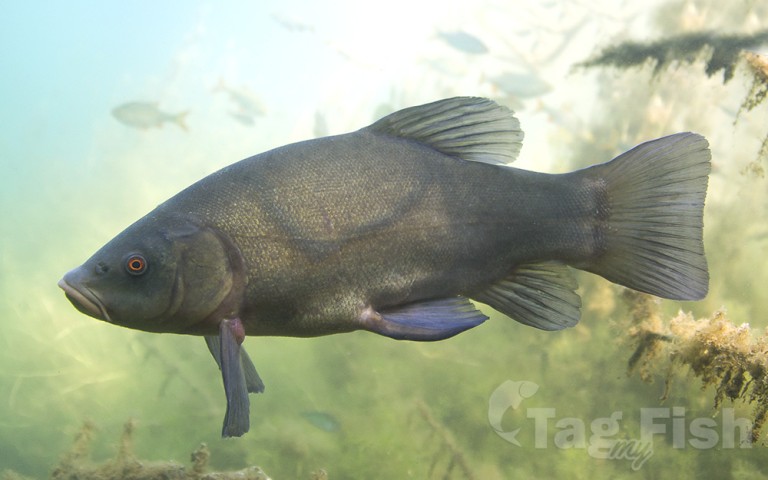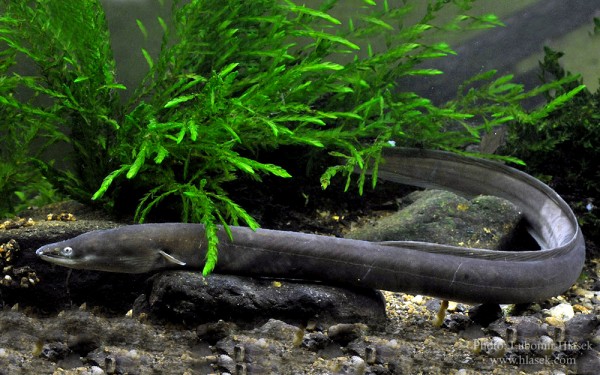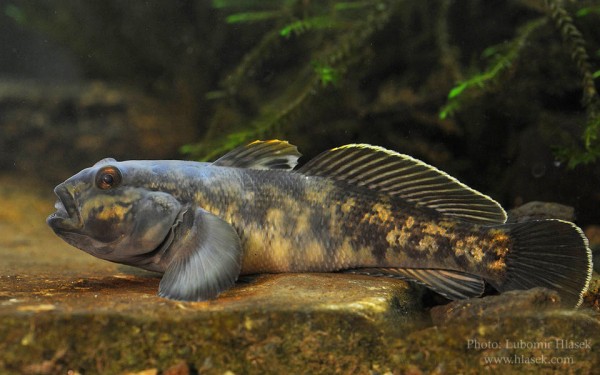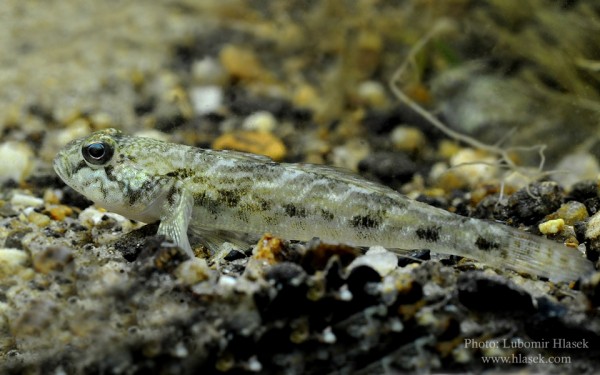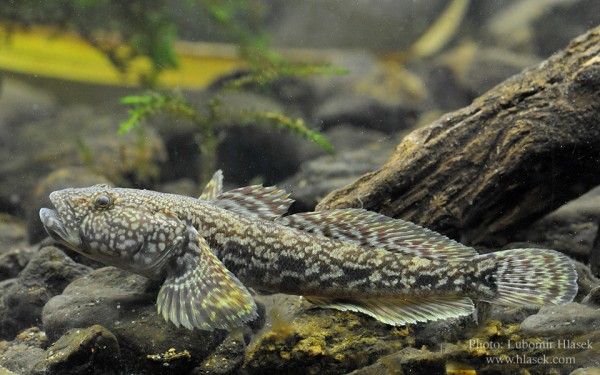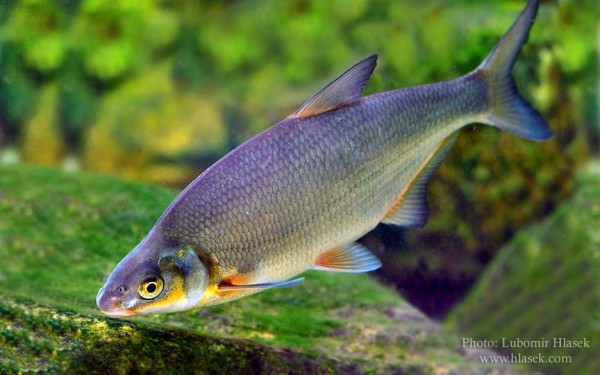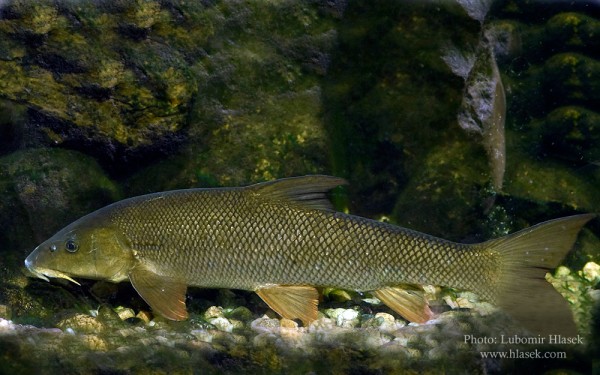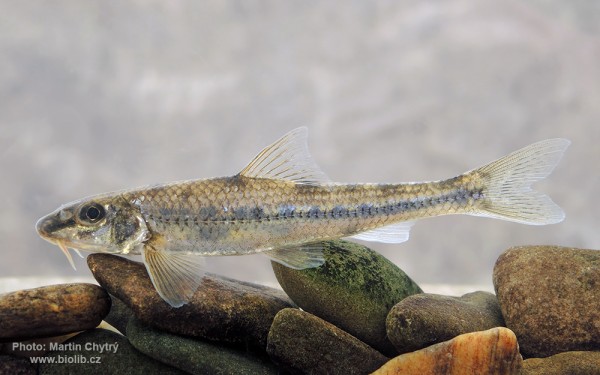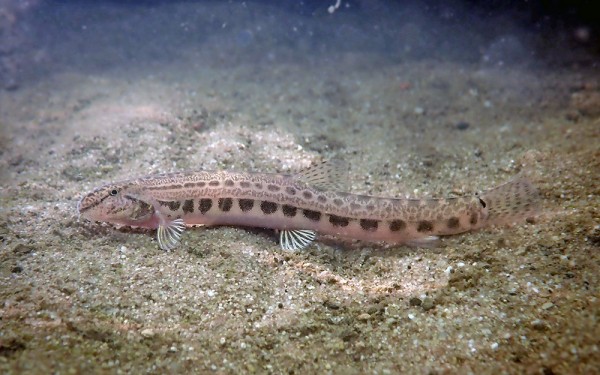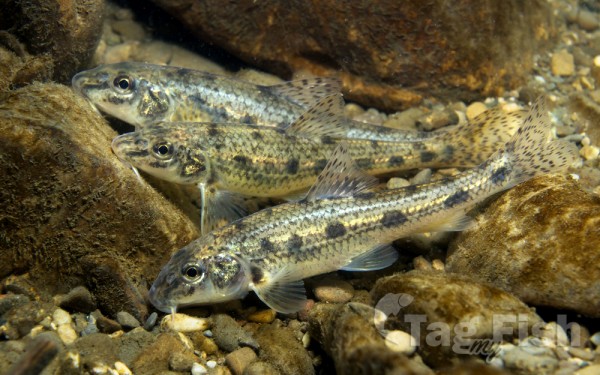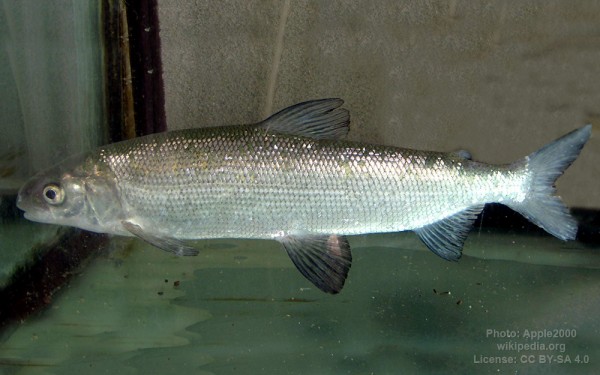Mittelland Canal
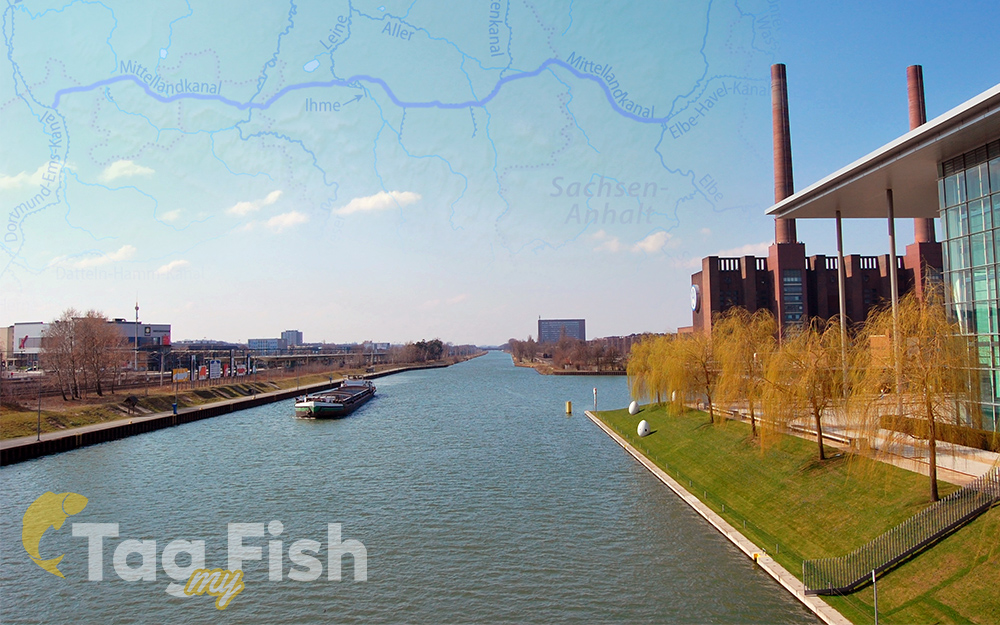
Perciformes - Perches
Esociformes - Pikes
Siluriformes - Catfishes
Centrarchiformes - Basses and sunfishes
Cypriniformes - Carps
Anguilliformes - Eels and morays
Gobiiformes - Gobies
Perciformes - Perches
Esociformes - Pikes
Siluriformes - Catfishes
Centrarchiformes - Basses and sunfishes
Cypriniformes - Carps
Anguilliformes - Eels and morays
Gobiiformes - Gobies
Salmoniformes - Salmons and Trouts
Perciformes - Perches
Esociformes - Pikes
Siluriformes - Catfishes
Centrarchiformes - Basses and sunfishes
Cypriniformes - Carps
Anguilliformes - Eels and morays
Gobiiformes - Gobies
Salmoniformes - Salmons and Trouts
The Mittelland Canal, also known as the Midland Canal is a major canal in central Germany.
It forms an important link in the waterway network of the country, providing the principal east-west inland waterway connection. Its significance goes beyond Germany as it links France, Switzerland and the Benelux countries with Poland, the Czech Republic and the Baltic Sea.
At 325.7 kilometres (202.4 mi) in length, the Mittelland Canal is the longest artificial waterway in Germany.
The Mittelland Canal branches off the Dortmund-Ems Canal at Hörstel, runs north along the Teutoburg Forest, past Hanover and meets with the Elbe River near Magdeburg.
Near Magdeburg it connects to the Elbe-Havel Canal, making a continuous shipping route to Berlin and on to Poland.
At Minden the canal crosses the river Weser over two aqueducts (completed in 1914 and 1998, respectively), and near Magdeburg it crosses the Elbe, also with an aqueduct. Connections by side canals exist at Ibbenbüren, Osnabrück, Minden (two canals connecting to the Weser), Hanover-Linden, Hanover-Misburg, Hildesheim and Salzgitter. West of Wolfsburg, the Elbe Lateral Canal branches off, providing a connection to Hamburg, and (via the Elbe-Lübeck Canal) to the Baltic Sea.
